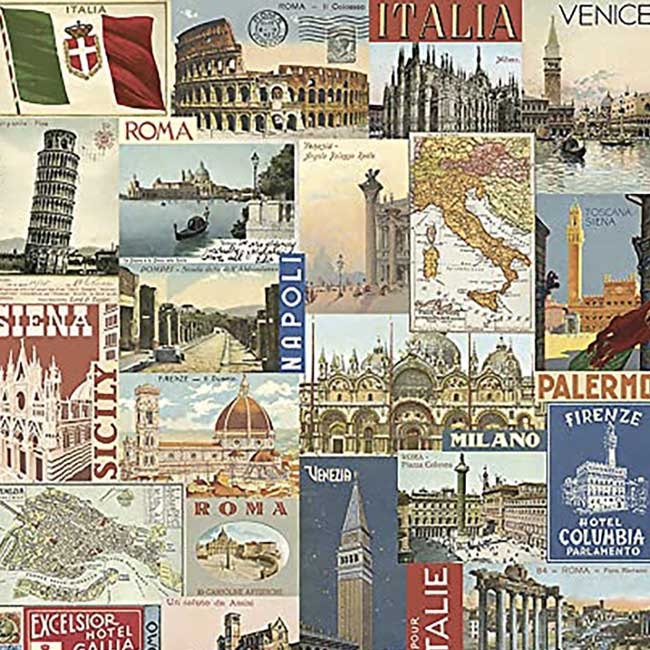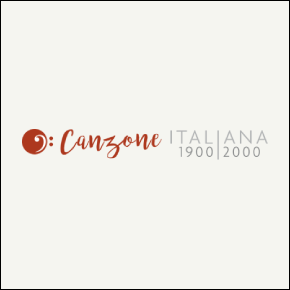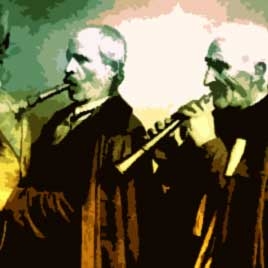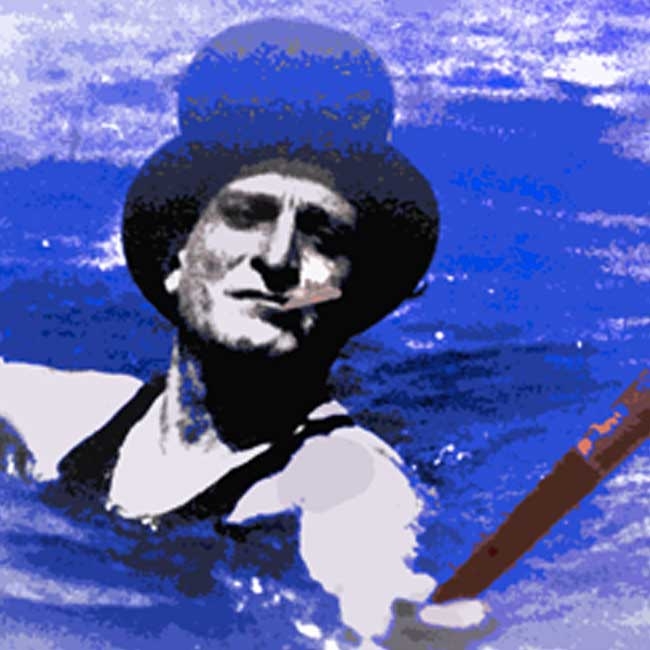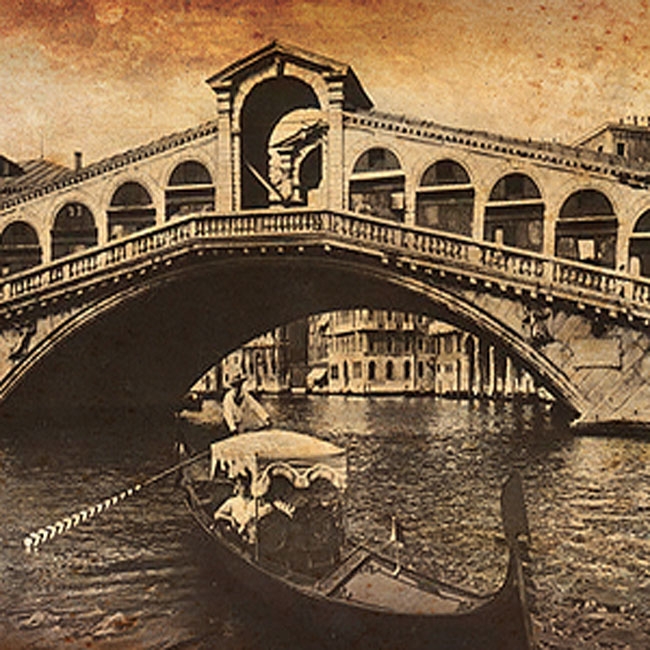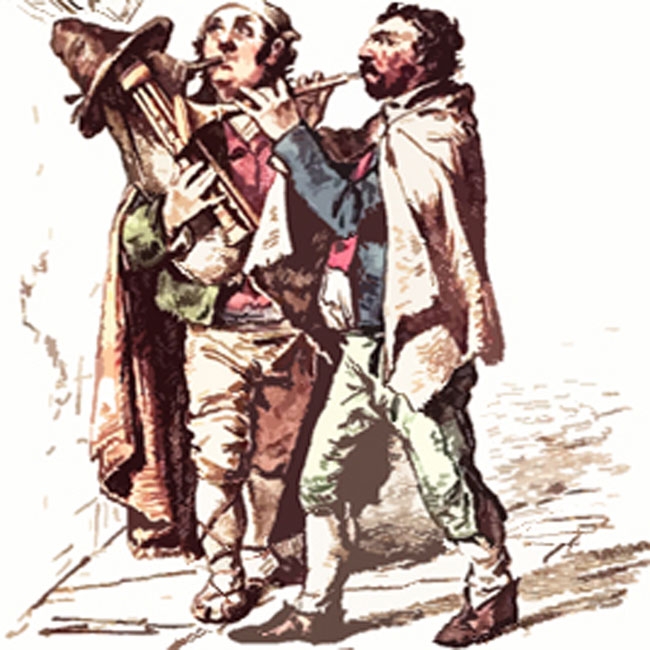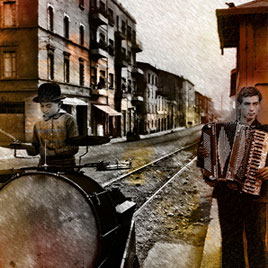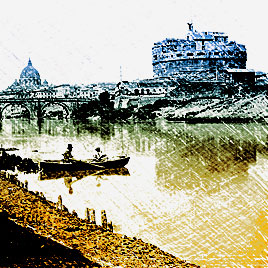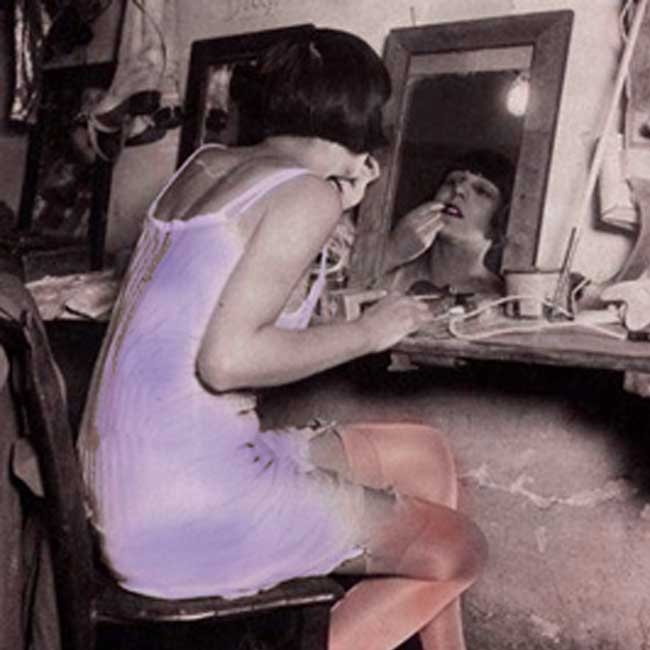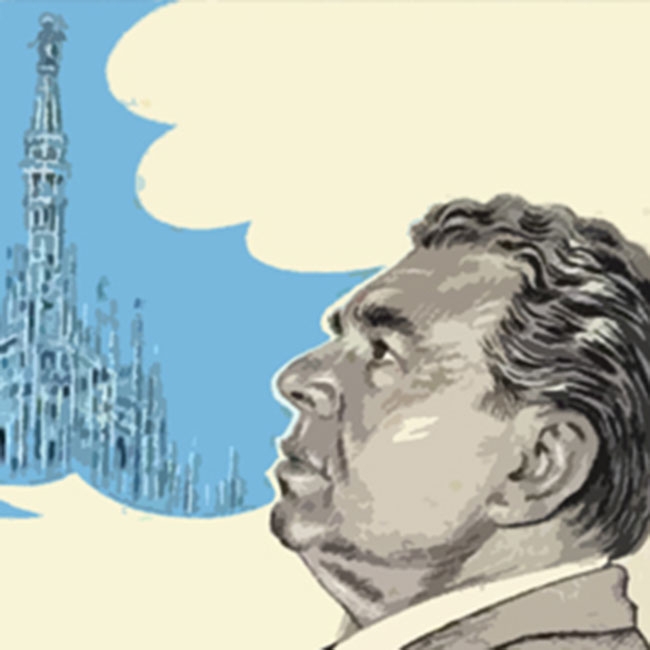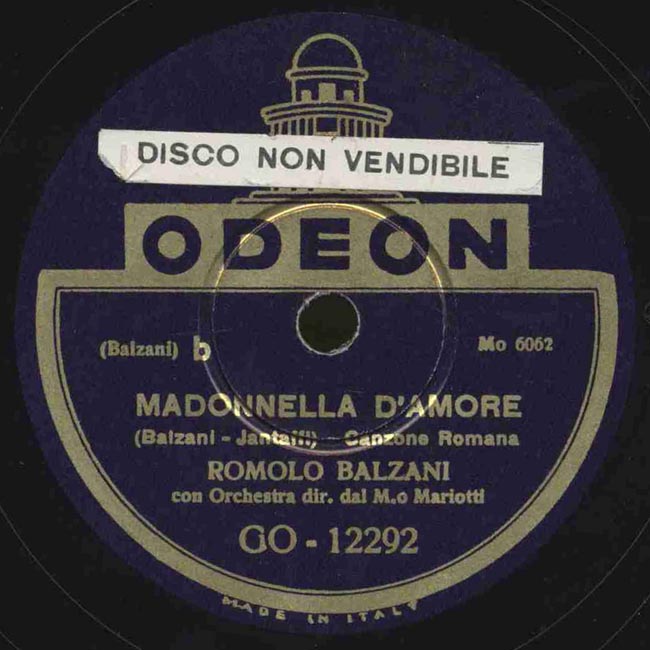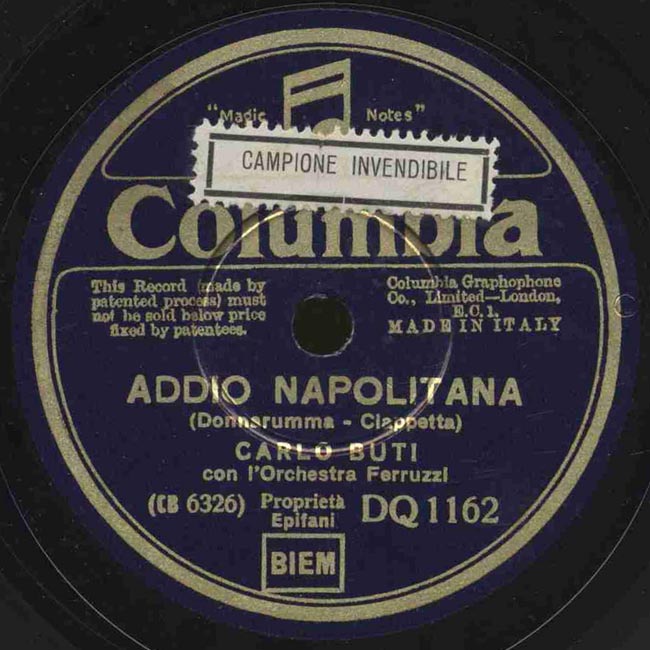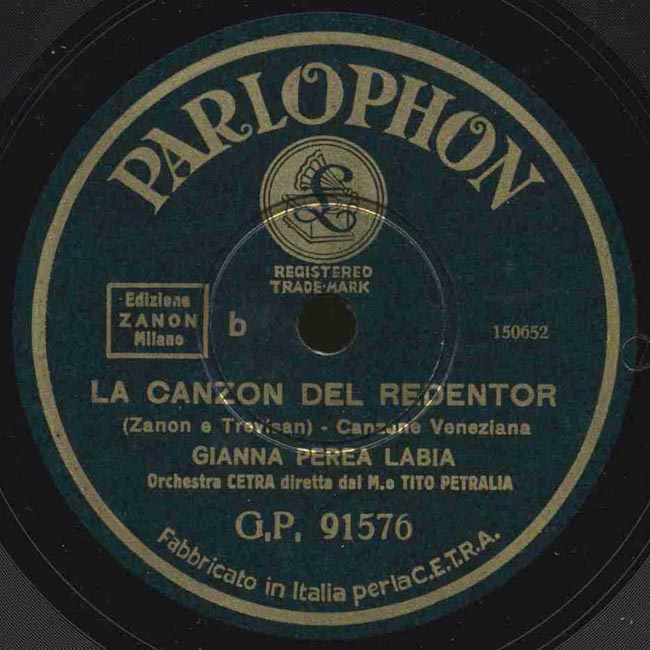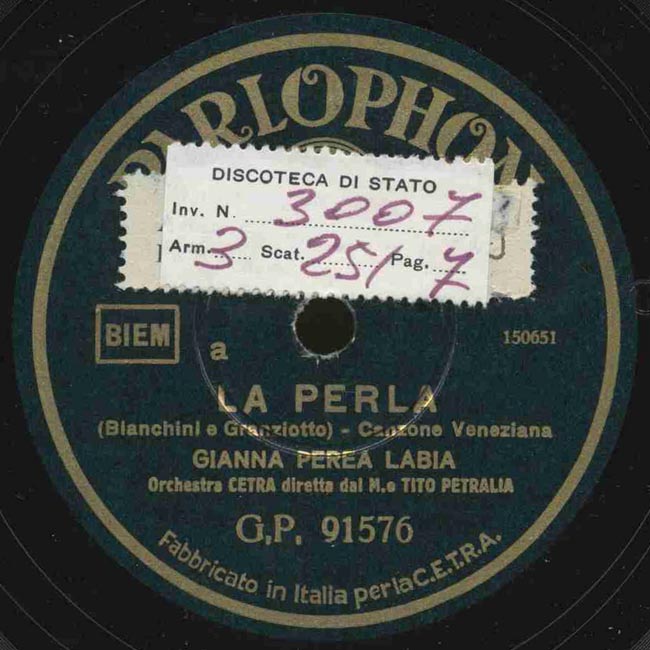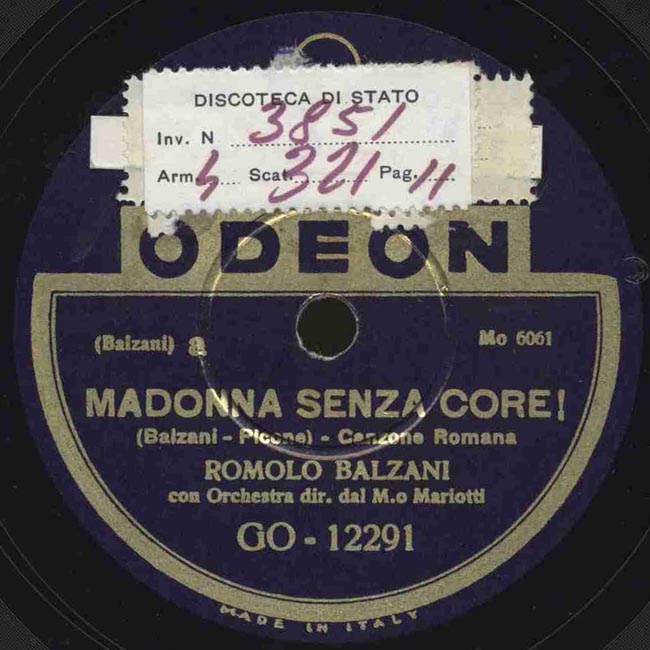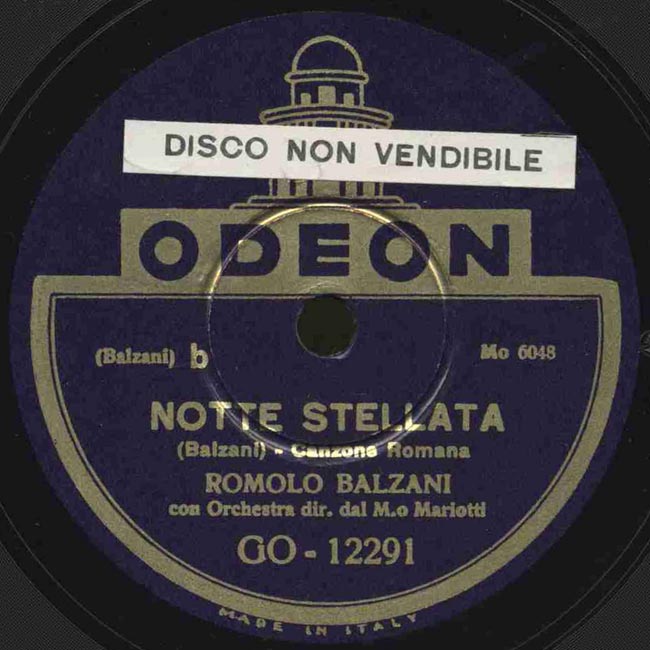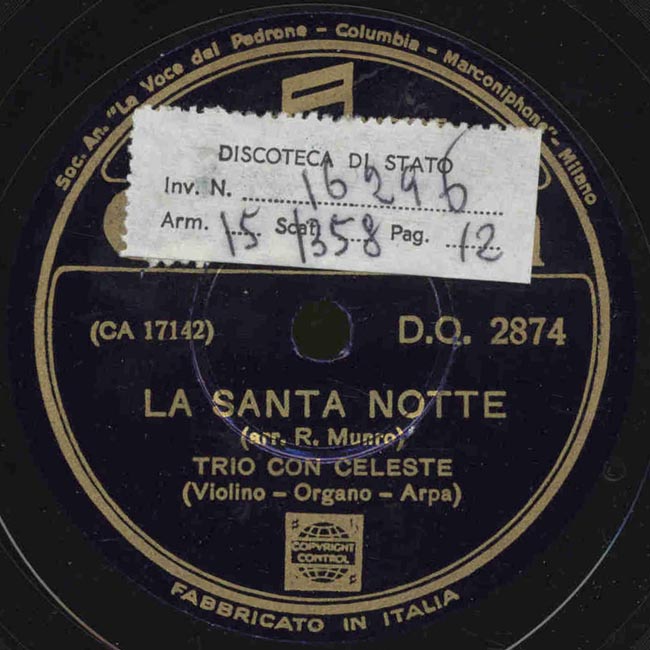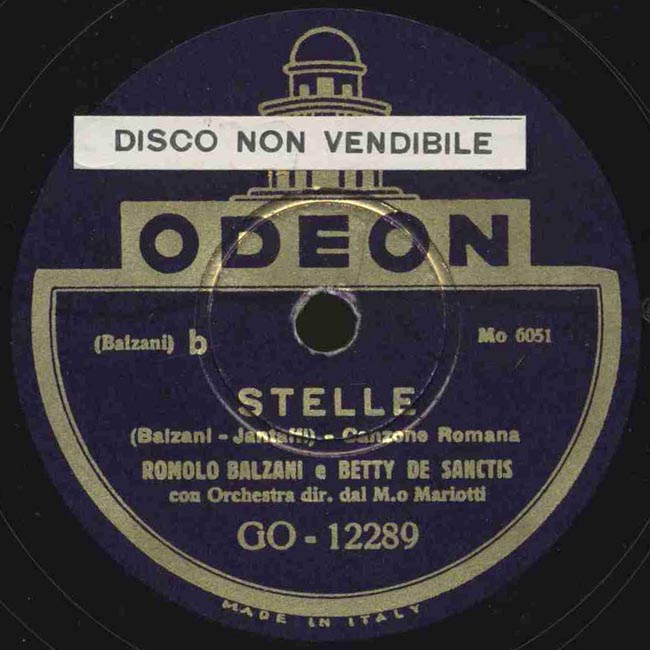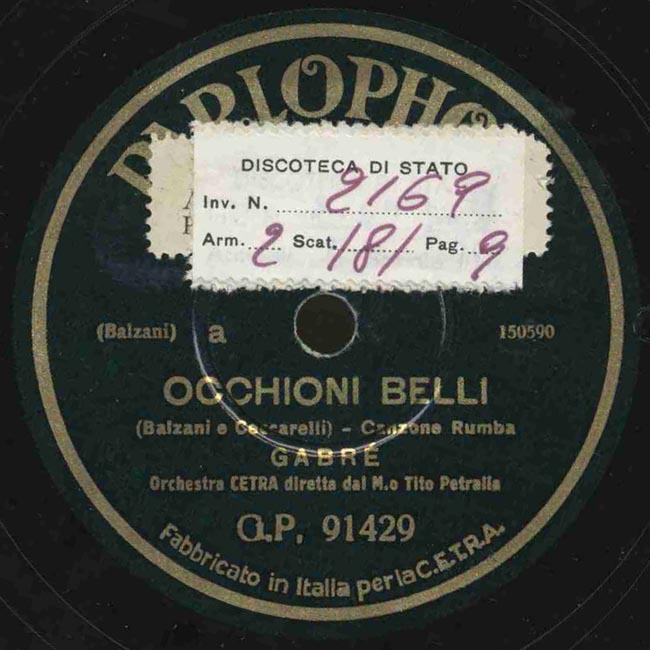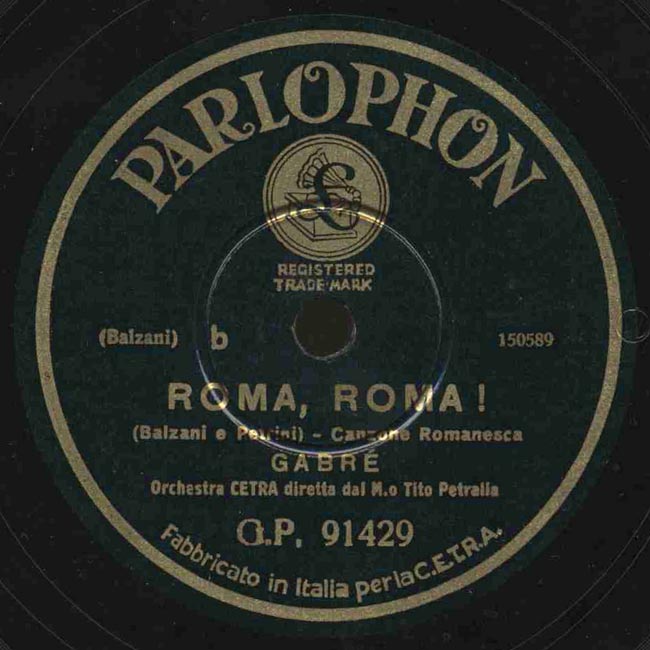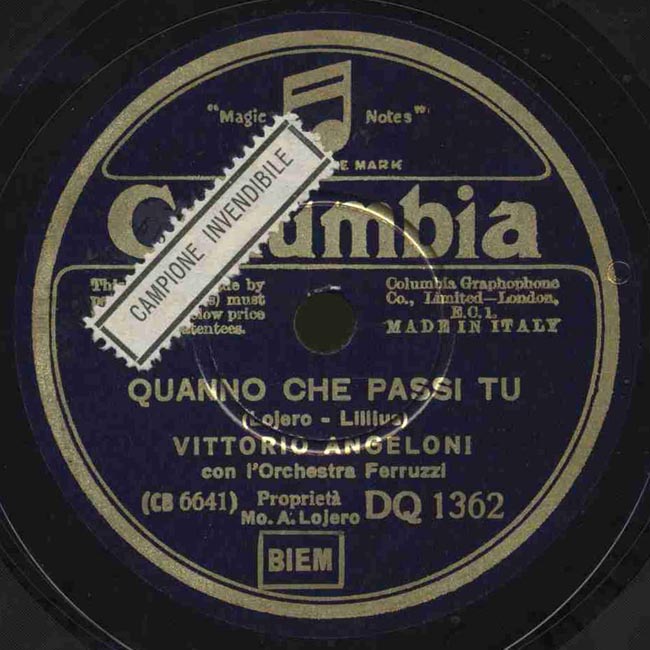DIALECTS AND FOLKLORE
In the absence of a national language that was only assimilated with difficulty in the course of the twentieth century and not fully understood until the beginning of modernity in the fifties, songs and ballads developed mainly using dialect, a reflection of the many folk repertoires that accumulated over the course of centuries. The large number of dialects spoken in the peninsula reflects the country’s deep linguistic and cultural fragmentation, which explains why in Italy, unlike other nations, we cannot speak of one single folk tradition, but rather of multiple traditions connected to each other and even to territories that extend outside the national borders. Enormous distances, for example, separate the Southern Mediterranean from the Northern European countries, and the North Piedmont ballad shows more affinity with Anglo-Scottish than with Sicilian folklore.
Folk song styles such as Villotte from the Friuli, cantilene from the Veneto, Tuscan stornelli and nenie from the southern regions fuelled the creativity of writers and musicians in forging a vast dialect repertoire that could speak to the people of the respective territories, thus updating a musical heritage handed down through the centuries and aligning it to the forms and contents of the nascent mass culture. Under the Fascist regime this repertoire was greatly enriched thanks to the cultural policy of the regime, which extolled the country life and the specificity of dialects when in fact it carried out a huge operation of “nationalization” of folklore aimed at levelling differences in the name of “Italianness”. The ballads that celebrated nationalistic sentiment were an answer to the fad for the French repertoire that held sway in cabarets. Both theatre, with its long established dialect tradition, and cinema, which boosted the popularity of many local dialects, also contributed to the affirmation of Roman, Florentine, Lombard, Venetian, Sicilian, Piedmontese and Genoese dialects (Neapolitan has a separate history). From World War II onwards, the development of regional songs and ballads proceeded almost independently of that of an Italian language songbook on the strength of their own separate market, audience and festivals.

